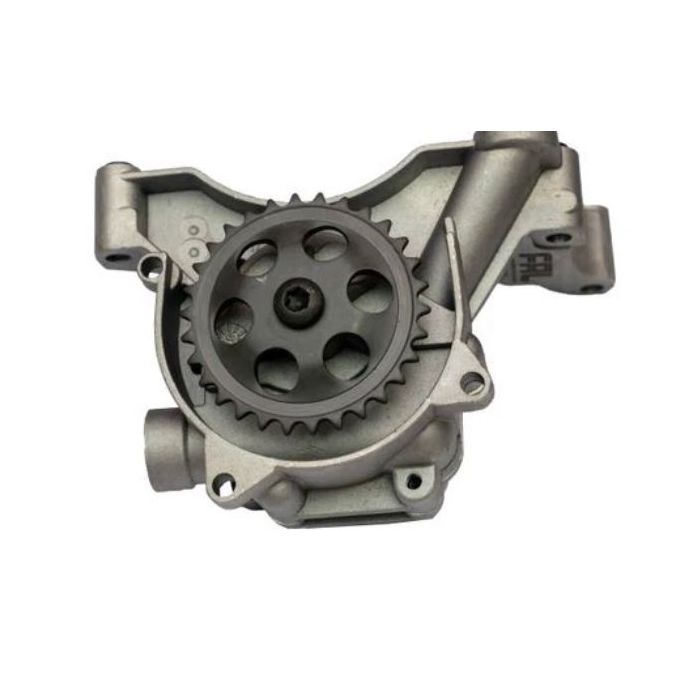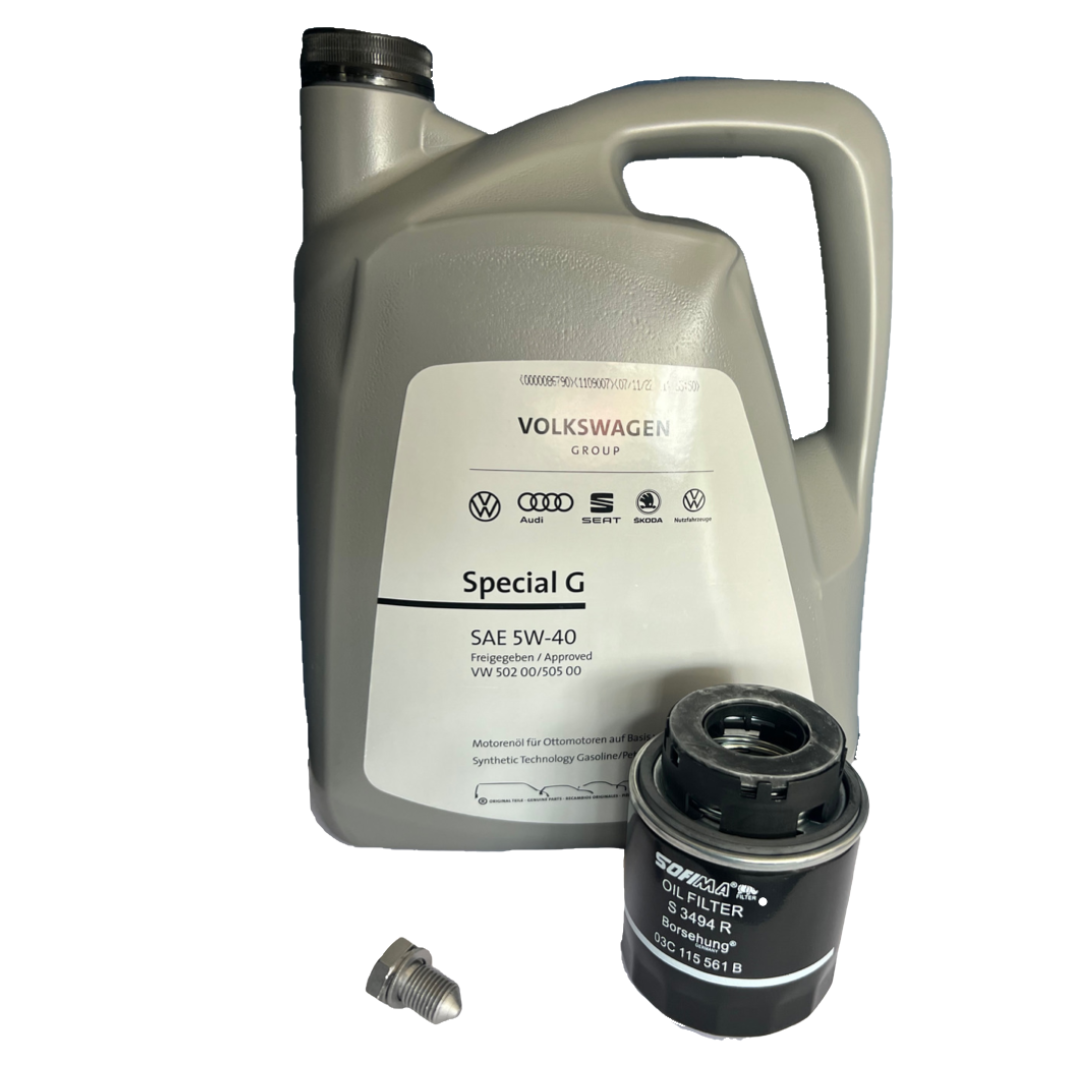The Duty of a Clp Engine in Revolutionizing Engine Performance and Sustainability
The introduction of CLP engine modern technology provides a zero hour in the automobile industry, where efficiency and sustainability converge in extraordinary methods. By optimizing combustion procedures and allowing for dynamic changes in compression ratios, these engines not only assure enhanced fuel performance and reduced emissions however likewise obstacle traditional engineering paradigms. As the industry comes to grips with the pushing demand for greener solutions, the ramifications of embracing CLP technology extend much beyond mere efficiency metrics. What stays to be seen is just how these innovations will reshape the future landscape of automobile engineering and environmental responsibility.
Understanding CLP Engine Technology
As the automotive sector consistently looks for ingenious services to enhance efficiency and efficiency, comprehending CLP engine technology becomes crucial. The term CLP represents Compression-Low Stress, an innovative engine style that focuses on optimizing burning processes and reducing exhausts. This innovation operates by keeping a low-pressure setting within the combustion chamber, which facilitates an extra total fuel melt and decreases unburned hydrocarbons.
One of the key attributes of CLP engine innovation is its ability to readjust the compression proportion dynamically. This adaptability allows the engine to operate effectively across various driving problems, enhancing gas economic climate while at the same time boosting power output. In addition, CLP engines take advantage of advanced materials and layout principles to minimize weight and thermal losses, further adding to total effectiveness.
Moreover, the combination of electronic control systems plays a crucial role in handling the engine's performance parameters. These systems allow real-time changes to ignition timing and fuel injection, maximizing combustion for both power and effectiveness. By understanding CLP engine modern technology, stakeholders in the vehicle field can better appreciate its possibility in driving the future of engine layout, performance, and sustainability.
Performance Enhancements Offered
CLP engine innovation supplies substantial performance enhancements that establish it apart from conventional engine styles. Among the key benefits of CLP engines is their ability to operate efficiently across a wider array of rates and lots. This adaptability translates into improved torque delivery and acceleration, offering a much more receptive driving experience.
Furthermore, the innovative burning procedure made use of in CLP engines maximizes fuel-air blending, bring about greater thermal performance. This improvement not just maximizes power output but also minimizes energy loss, causing an engine that performs better under various conditions.
Furthermore, the modular architecture of CLP engines permits easier integration with hybrid systems, amplifying their performance potential - clp engine. This adaptability makes it possible for suppliers to design vehicles that accommodate customer demands without giving up dexterity or power
The accuracy design entailed in CLP innovation likewise contributes to lower friction and wear, boosting engine long life and lowering the frequency of maintenance. Overall, these efficiency improvements setting CLP engines as a leading choice in the pursuit of high-performance, reliable, and functional engine options.
Environmental Advantages of CLP Engines
Among one of the most engaging advantages of CLP engines depends on their ecological advantages, which are progressively vital in today's automotive landscape. These engines are created to enhance gas effectiveness, considerably reducing carbon discharges contrasted to conventional burning engines. By using innovative combustion strategies and ingenious materials, CLP engines advertise cleaner exhaust outcomes, adding to enhanced air top quality.
In addition, the decrease in gas usage not only causes reduce greenhouse gas discharges but additionally conserves useful natural deposits. As nonrenewable fuel source reserves diminish, the change towards CLP modern technology represents a calculated action towards sustainability. The engines are commonly compatible with alternative fuels, better enhancing their environmental charm and enabling a diversified energy portfolio.
Additionally, the light-weight layout of CLP engines helps decrease automobile weight, which subsequently lowers the energy required for propulsion. This leads to reduced functional power consumption and a lessened environmental footprint. In recap, CLP engines stand at the center of initiatives to reduce environment modification and advertise lasting techniques in the automotive industry, symbolizing a future where performance and environmental obligation are not mutually special.
Comparison With Traditional Engines
While traditional engines have long controlled the auto market, the introduction of CLP technology offers a substantial shift in performance and efficiency. Traditional internal burning engines largely rely upon fuel combustion, which not just restricts thermal performance however likewise adds to higher exhausts. On the like this other hand, CLP engines utilize advanced thermal monitoring and a distinct combustion procedure, improving fuel performance and substantially minimizing greenhouse gas discharges.
Furthermore, Get More Information traditional engines operate fixed power contours, which can prevent performance in differing driving conditions. CLP engines, nonetheless, are designed to adjust their performance dynamically, supplying optimal power shipment based on real-time demands. This adaptability causes improved acceleration, responsiveness, and total driving experience.
Maintenance additionally differs substantially; traditional engines typically call for constant oil modifications and component replacements because of deterioration. clp engine. CLP engines, with less relocating parts, assure reduced maintenance needs and longer operational lifespans

Future Potential Customers and Innovations
As the automobile landscape develops, the future of engine technology is increasingly concentrated on advancements that improve performance and sustainability. The Clp engine, with its unique style and functional effectiveness, is poised to play a pivotal duty in this improvement. Future growths may involve developments in materials science, enabling the building and construction of lighter and more sturdy elements, thus lowering general car weight and enhancing gas efficiency.
Moreover, the combination of man-made intelligence and machine understanding right into engine administration systems is expected to optimize efficiency dynamically, permitting real-time adjustments based upon driving conditions. Go Here These advancements can even more minimize discharges and improve power usage.
Additionally, research study right into alternate gas, including hydrogen and biofuels, offers interesting opportunities for Clp engines, lining up performance with environment-friendly efforts. clp engine. As governing frameworks end up being more stringent, the adoption of such innovations will certainly be vital in achieving sustainability goals without endangering power
Final Thought
